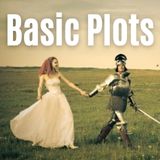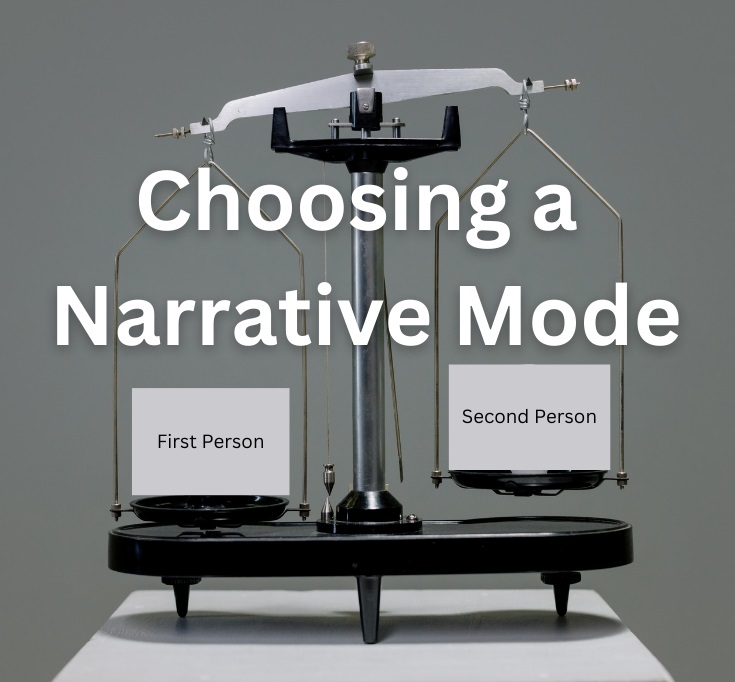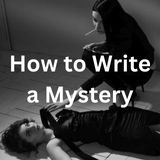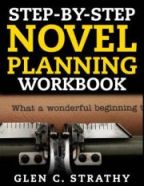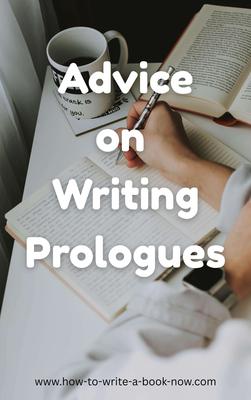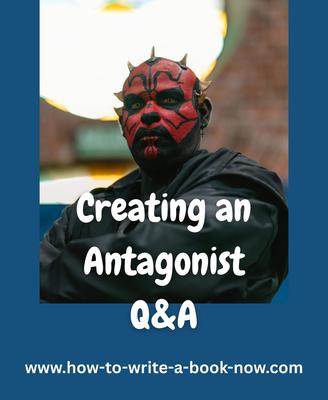Plotting a Children's Story
by Ash
(USA)
I was wondering how you would go about plotting a children's story. Does it have a simple beginning, middle, and happy ending or is it more complex than that? Do you have any tips on language or avoiding heavy-handed themes?
Thank you for your help and have a great day!
Answer: All good stories, regardless of the age of the readership, follow the same four-part structure...
setup --> complication --> crisis --> resolution
With children's stories, you have to know what age group you are writing for. There are big differences between picture books, chapter books, and middle-grade/juvenile fiction. Obviously, the younger the readers, the shorter the word count and the simpler the vocabulary.
Remember that you're not just writing to appeal to the children, but to appeal to parents, teachers, and librarians (who actually make the decision to purchase). Adults want children's books that express good values and encourage literacy (so grammar matters as much as with adult books). The younger the readership, the simpler the vocabulary, but it's okay to introduce children to new words too. Children learn new words by reading. Teachers like books that help kids expand their vocabulary. Write as you would speak to a child who is the age of your readers, without talking down to them.
Kids want stories that reflect feelings and experiences they can relate to. Older kids especially like stories that involve things adults would disapprove of -- such as imagination, adventure, rule-breaking, and risk-taking -- things the readers wish they could do. They like stories where the kids make their own decisions and solve their own problems rather than their parents deciding everything. For this reason, middle-grade readers like books about characters slightly older than them who can do things they are looking forward to doing when they get older.
Not all children's books have purely happy
Dramatica argues that a complete story has four throughlines or perspectives (those of the overall story, main character, impact character, and their relationship). Picture books usually have only enough words to cover one or two throughlines at most. Usually, this means the overall and the main character throughlines. But some books focus on the impact character rather than the main character (e.g. The Cat in the Hat, The Lorax.
Middle-grade books can be more sophisticated and develop all four throughlines, making them much more like adult novels.
However, what distinguishes almost all children's books is that the main character is someone the reader can relate to. They are either a child or have a child-like perspective on the world.
Regarding theme, a lot of people purposefully try to write children's stories in order to expose children to "good messages" or, worse, to indoctrinate them into a particular religion or ideology. Now, there's nothing wrong with a story that has a positive moral like "kindness is good." However, I feel that overly "messagey" stories, however well-meaning, are seldom entertaining, memorable, or beloved. The best children's stories tend to revolve around authentic characters and situations rather than messages.
That's not to say one should ever write children's stories with negative or immoral messages. Younger readers are often in the process of figuring out how the world worlds and how to succeed in it. Children's stories should reassure readers that the world makes sense and that being kind and fair to others is the way to succeed. (It certainly is the way for families to get along, and families are the world for very young children.)
- Home
- Plot Questions
- Plotting a Children's Story

